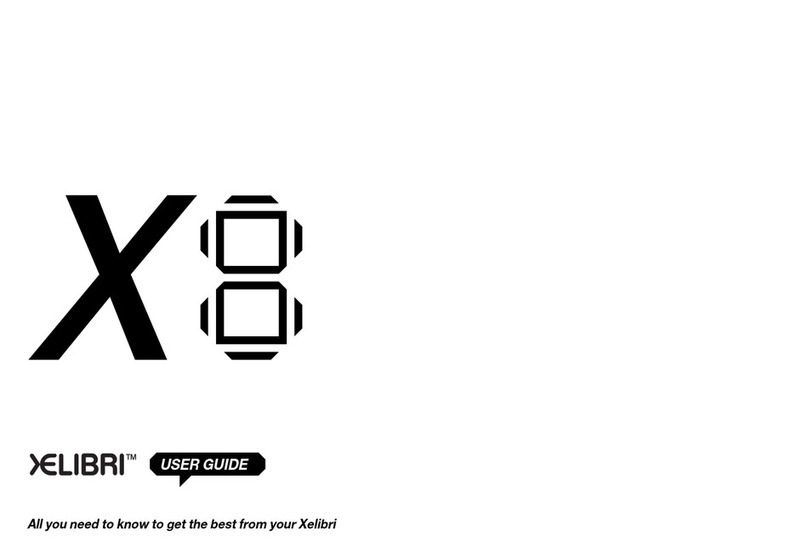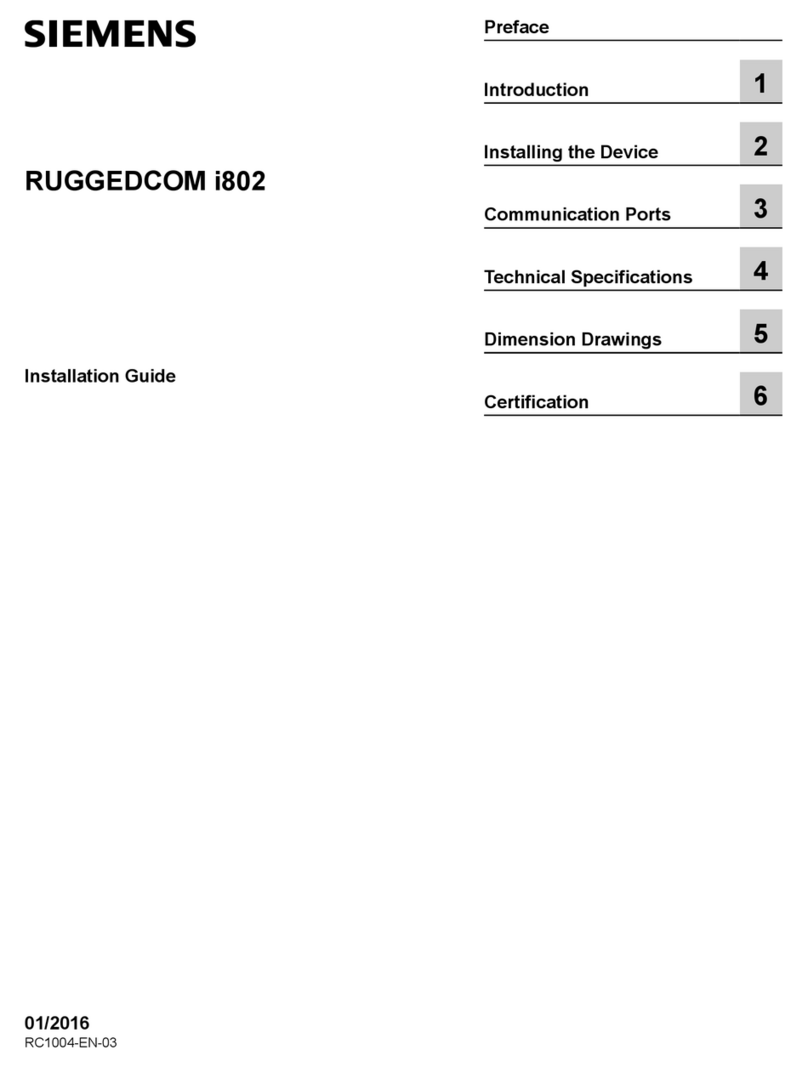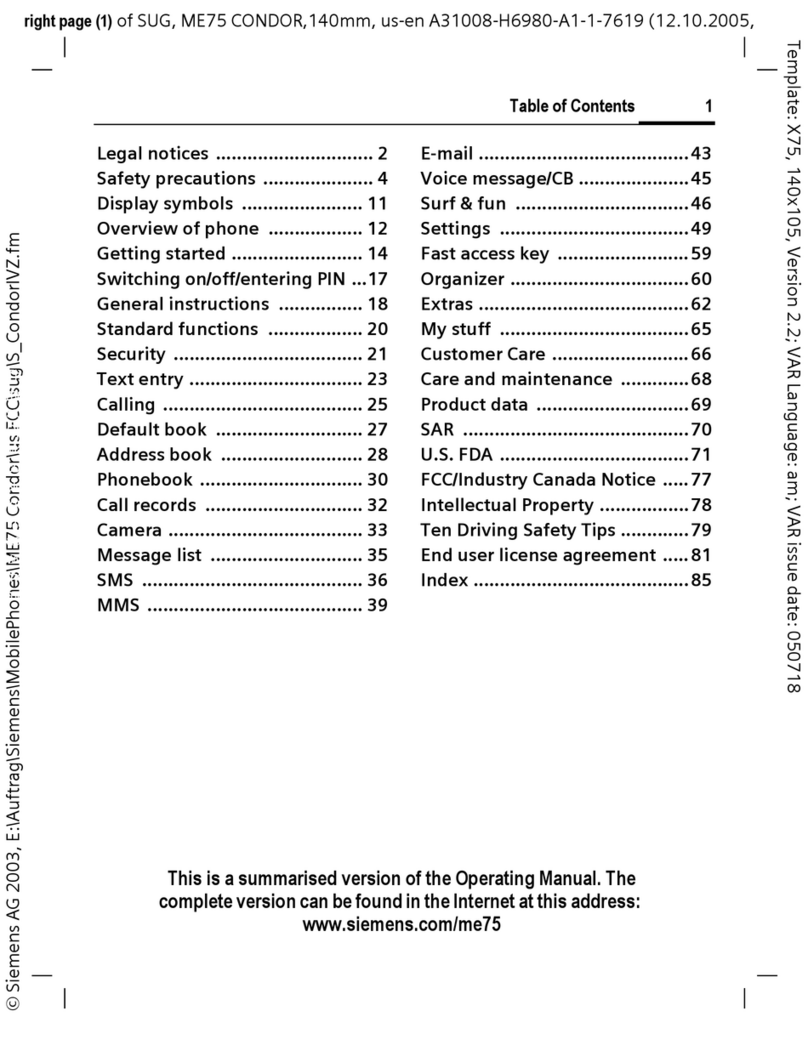Siemens M35 User manual
Other Siemens Cell Phone manuals

Siemens
Siemens ST55 User manual

Siemens
Siemens SX1 User manual
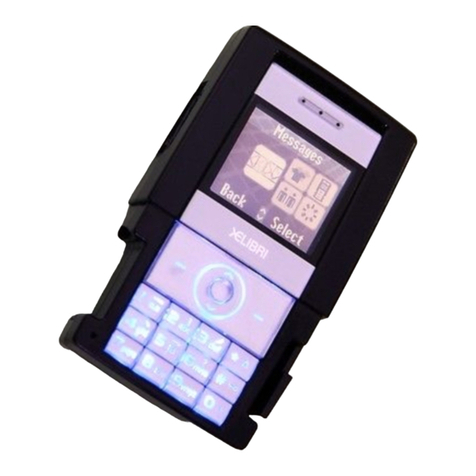
Siemens
Siemens Xelibri X5 User manual
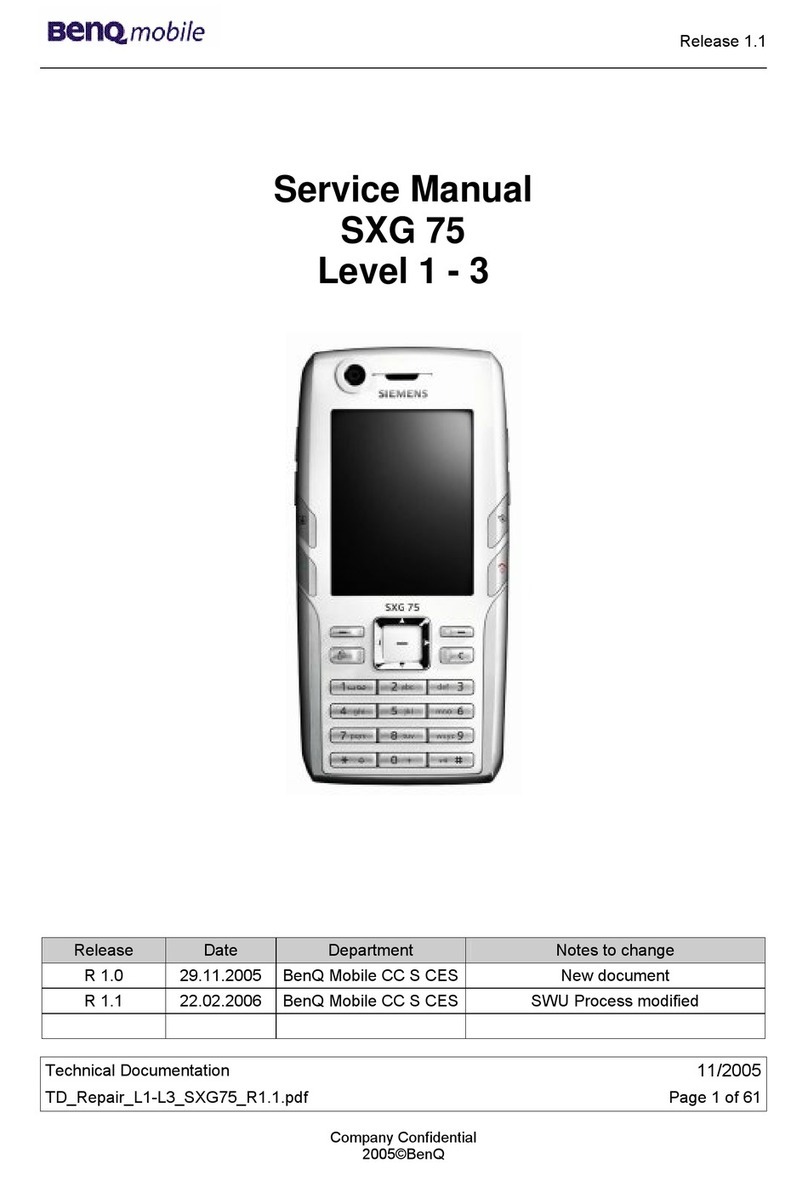
Siemens
Siemens SXG75 User manual
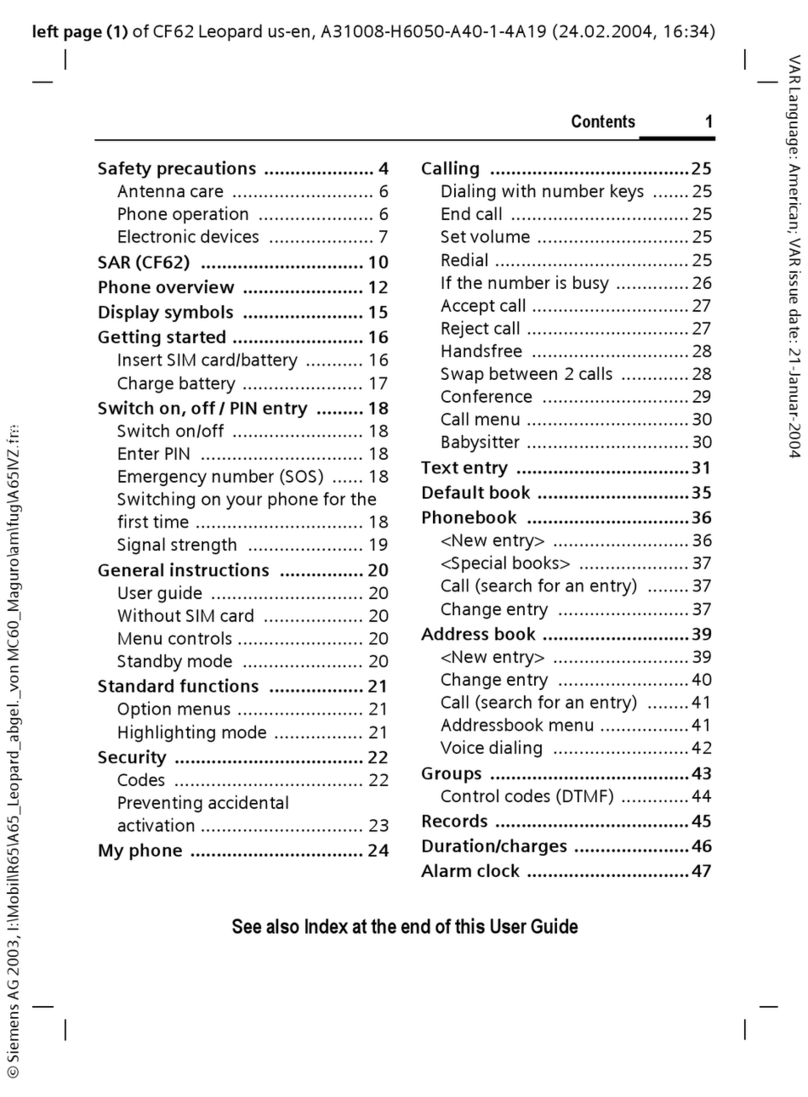
Siemens
Siemens CF62 User manual
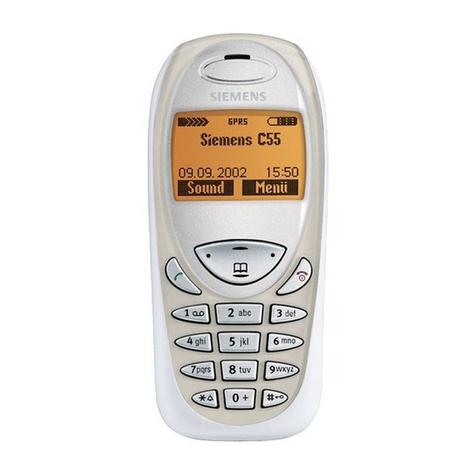
Siemens
Siemens C55 User manual
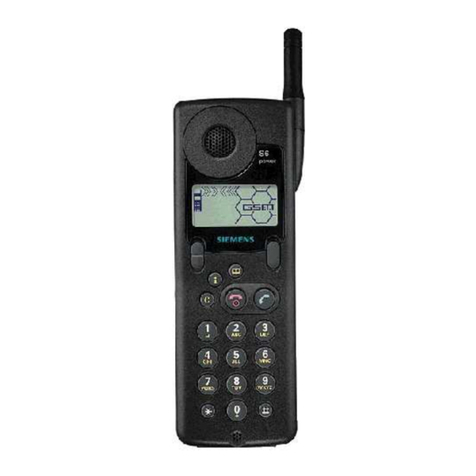
Siemens
Siemens S6 User manual
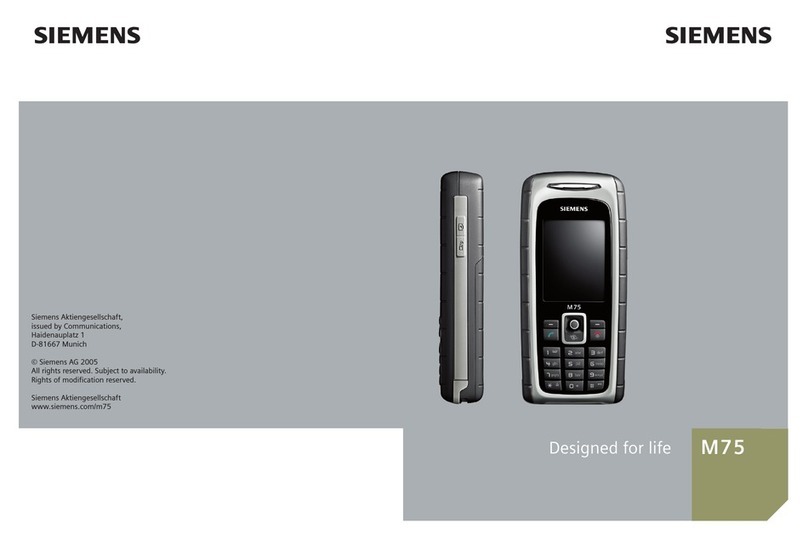
Siemens
Siemens M75 User manual

Siemens
Siemens C75 Setup guide
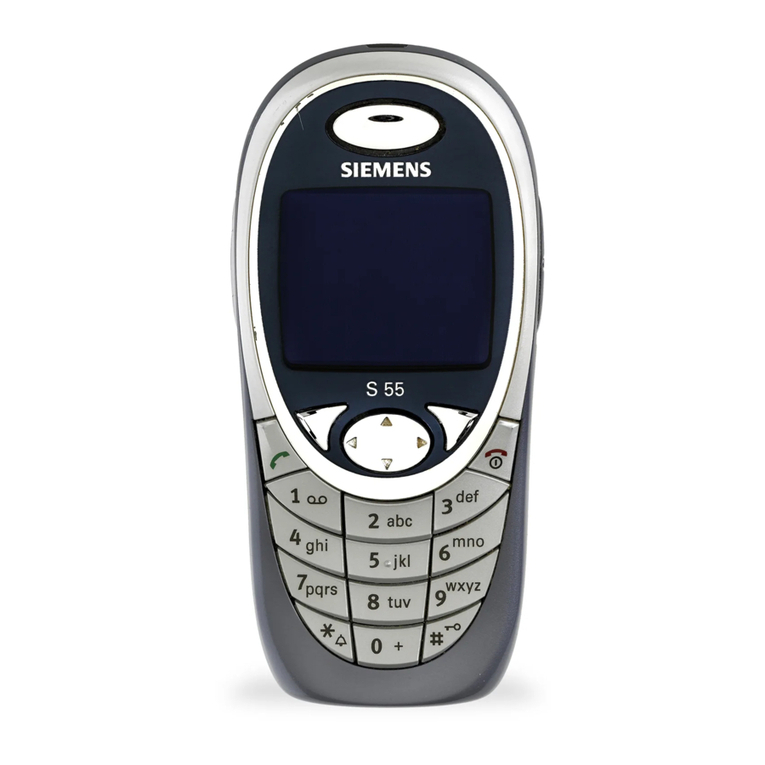
Siemens
Siemens S55 Operator's manual
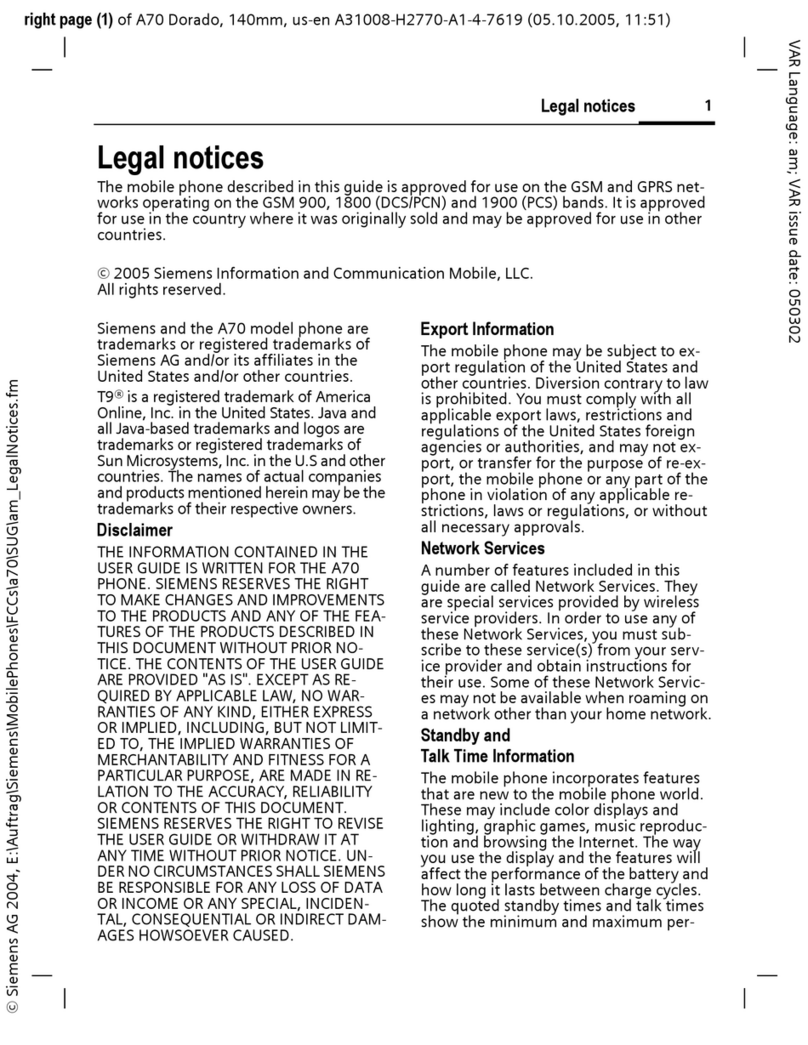
Siemens
Siemens A70 User manual
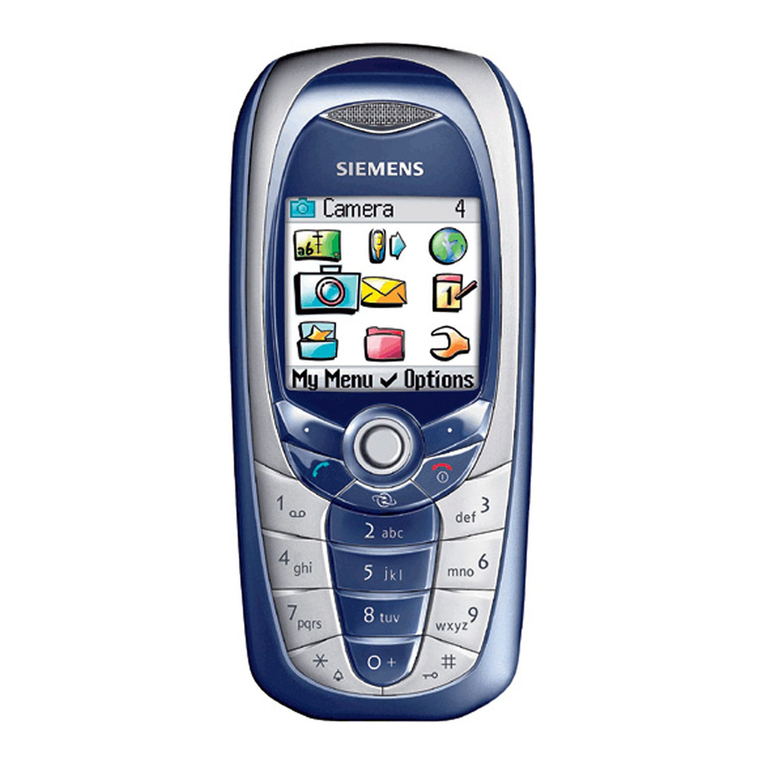
Siemens
Siemens C65 Setup guide
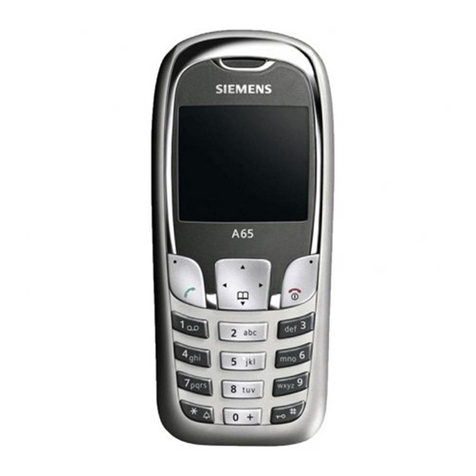
Siemens
Siemens A65 User manual
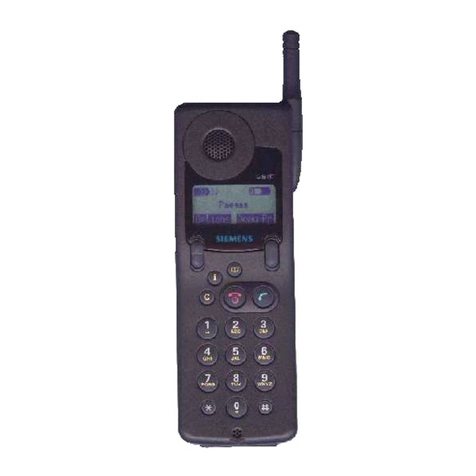
Siemens
Siemens S6 GSM User manual

Siemens
Siemens HiPath 3000 V3.0 or later Gigaset M1... User manual
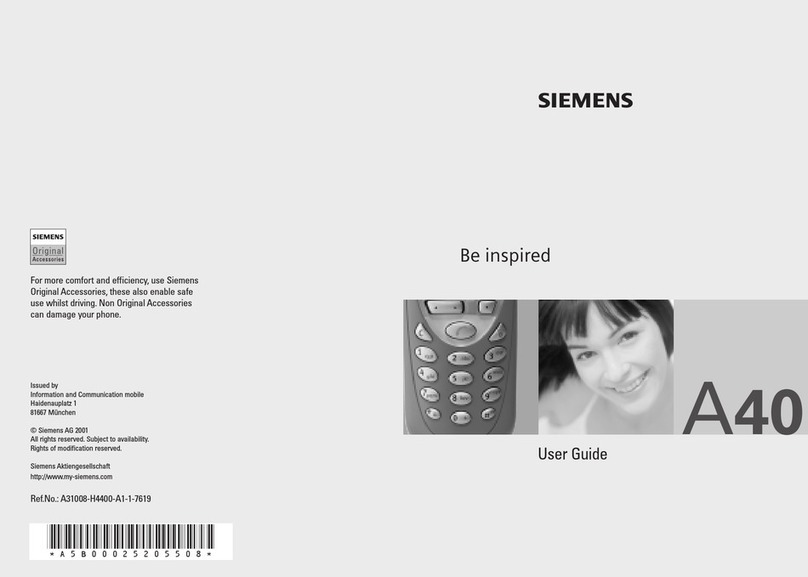
Siemens
Siemens Milltronics A-40 User manual
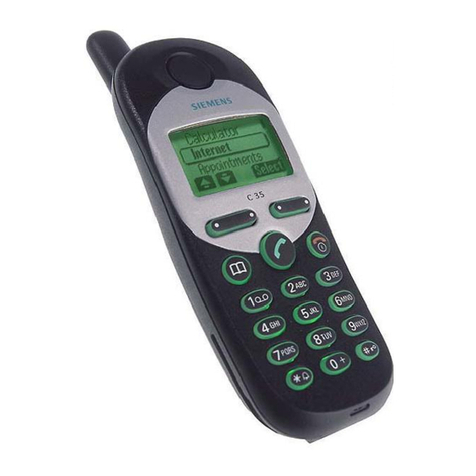
Siemens
Siemens C35 series User manual
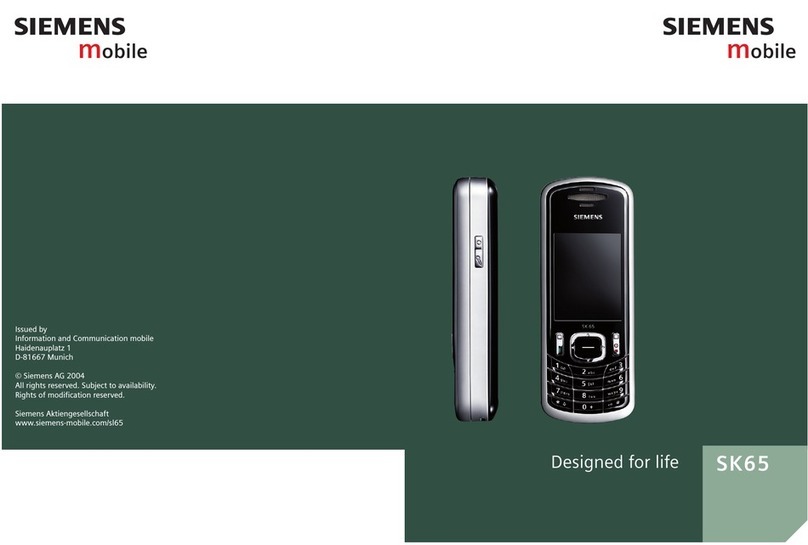
Siemens
Siemens SK65 User manual
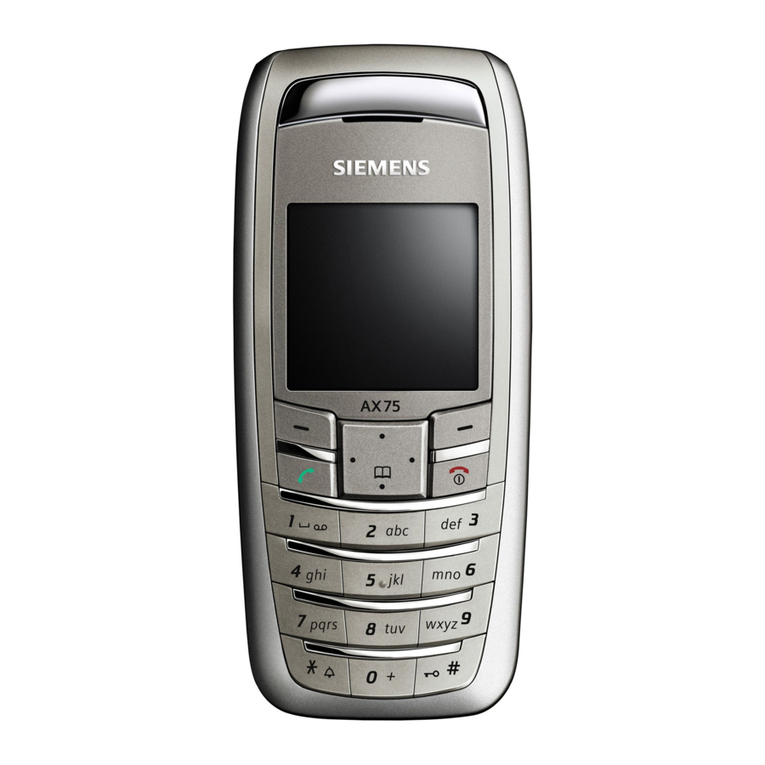
Siemens
Siemens AX75 Setup guide
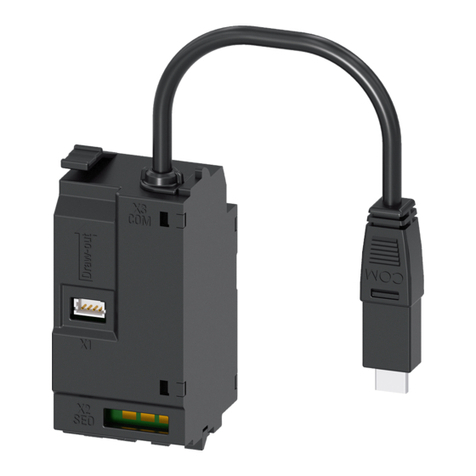
Siemens
Siemens COM060 User manual

